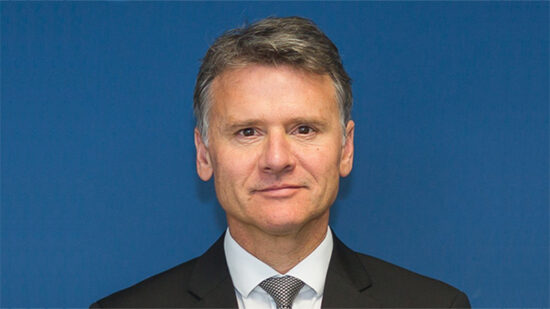Improved technology and better connectivity are top of paraplanners’ wish list, according to the latest quarterly data from the Scottish Widows Paraplanner Survey.
A significant majority (64%) of paraplanners believe that the technology they currently use could be upgraded and this was particularly the case amongst larger firms. When asked how their tech could be improved, paraplanners called for ‘better integration’.
With paraplanners often having to manually rekey data between systems, there is still considerable potential to make greater use of platforms that offer real-time data integrations to the CRM systems and tools that paraplanners use.
Improving technology could alleviate heavy workloads, which 59% of paraplanners believe is the key barrier to them adding more value. However, one area where paraplanners may be getting short-changed is on technology decision-making.
Despite being the principal users of technology in their firms, only 9% feel they have direct influence on technology-buying decisions, with 55% believing they have some measure of influence.
AI
Many commentators have pointed to AI as a potential new tool to help solve the growing pressures on both advisers and paraplanners. However, paraplanners are firmly undecided at this stage:
- 54% see AI as both an opportunity and a threat;
- 42% believe AI could be useful in their role, whilst 40% remained neutral;
- A strong majority (71%) believe that AI needs to undergo further development and testing;
- Only 9% agree that they are already using AI on their working practice;
- A majority (58%) agree that AI needs to be controlled by a regulator; and
- These findings reflect the fact that AI is still at an early stage of development, with specific use cases and dedicated, generative AI tools yet to be fully developed for the financial planning industry.
Encouragingly, the survey found that an overwhelming majority (86%) of paraplanners are confident about the future of their role and the financial advice market overall.
This confidence is rooted in the high regard paraplanners are held within advice firms, with 70% reporting that their contributions are seen as ‘essential’ by the advisers they work with.
Relationships with advisers are strong, with 89% describing them as positive. Areas for improvement include client recognition – 40% of paraplanners feel their value is not always recognised by clients – and greater awareness of the role outside of the industry. Further to this, a 71% majority of paraplanners surveyed believe an industry-approved definition of the role would be useful.
‘Meaningful upgrades’
Ranila Ravi-Burslem, Intermediary Distribution Director, Scottish Widows, commented: “We understand paraplanners’ frustration with some of the technology they use and it’s clear that they want to see meaningful upgrades to the tech they use in their day-to-day tasks. In tune with paraplanners’ aspirations, Scottish Widows is dedicated to putting seamless integration at the heart of our proposition.
“Recent enhancements to the Scottish Widows Platform, such as new data integrations with Customer Relationship Management systems and cutting-edge tools like EVPro and Voyant, are spearheading our ambition to deliver effective and empowering technology that helps both paraplanners and advisers. Through these enhancements, we’re building a platform-centred environment based around real-time data integrity, which allows paraplanners to save time and deliver better outcomes for their clients.
Jonathan Sandell, Group Head of Propositions added: “I think AI will ultimately allow paraplanners to fast-track lower-value aspects of their role. By adding their deep understanding of client needs and objectives, alongside their product and technical knowledge, paraplanners will be freed up to re-focus on higher value activities, cementing their position as the vital human link between technology and clients.”








